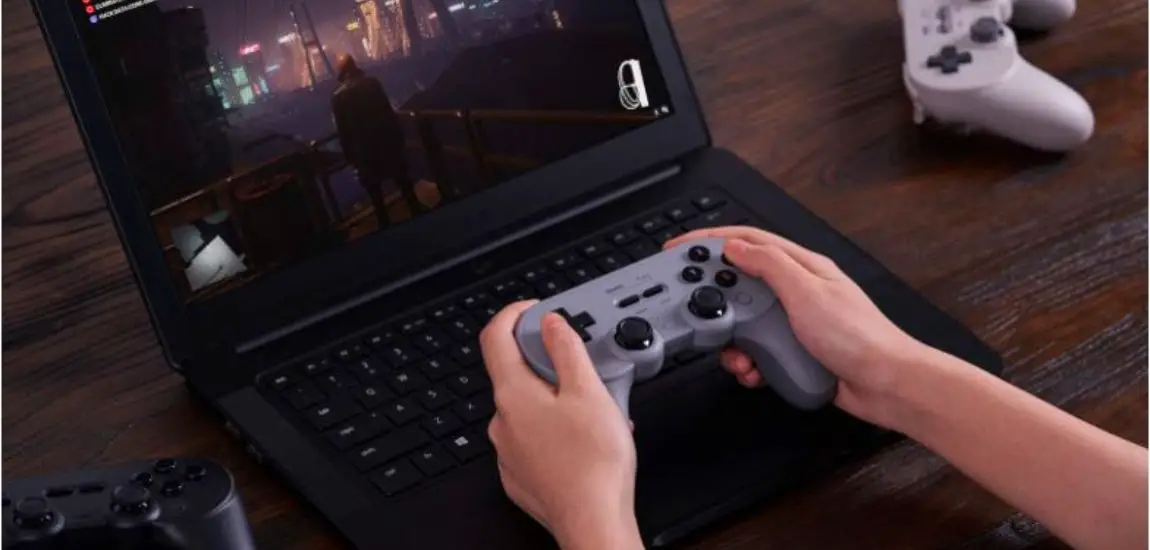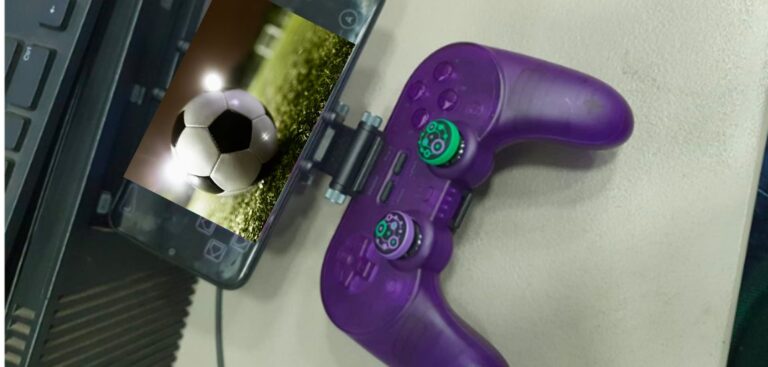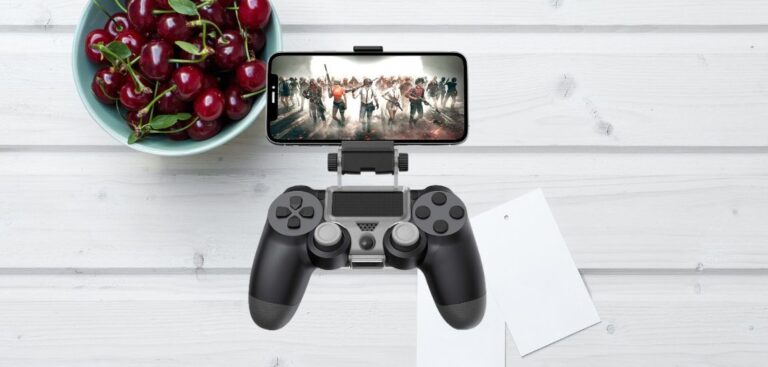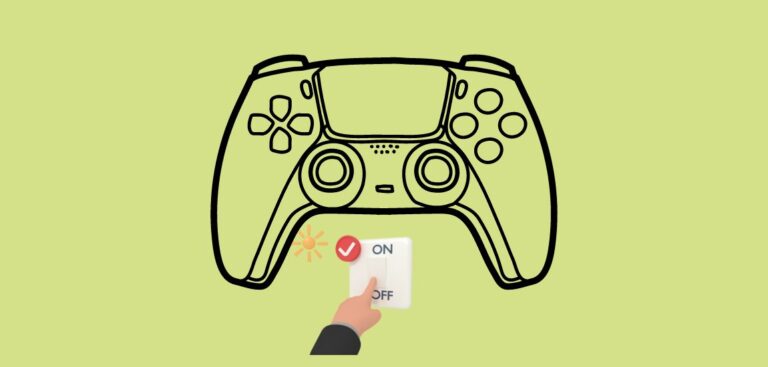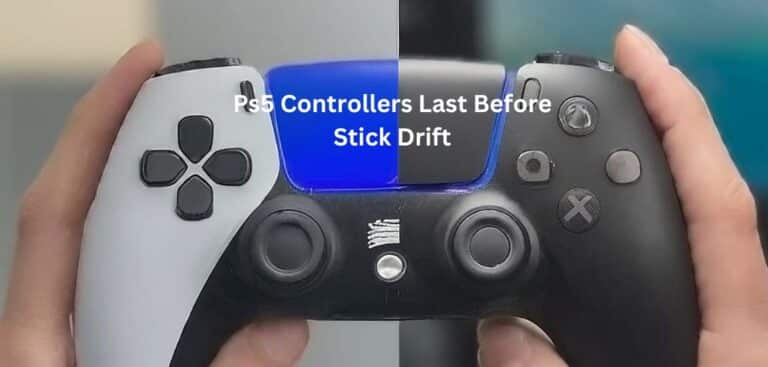How to Reduce Input Lag on PlayStation 5 (PS5)
One of the most important aspects of any gaming experience is ensuring smooth and responsive gameplay. However, many PS5 owners have reported noticing input lag or delay between performing actions on their controller and seeing the results on screen. This can negatively impact everything from precise aim and timing in first-person shooters to quick reactions in fighting games. If you’ve been struggling with input lag on your PS5, don’t worry – there are some simple steps you can take to potentially reduce lag and get your gameplay feeling much more instant and tight. In this blog post, we will explore a few of the most effective methods for lowering input delay on the PlayStation 5 console.
Understanding Input Lag and Why It Matters for Gaming
Input lag, also called controller response time, refers to the delay between pressing a button on your controller and seeing the corresponding action take place on screen. It is measured in milliseconds (ms). For many fast-paced genres like fighting games, first-person shooters, and racing games, low input lag is crucial for tight, precise controls and optimal reaction times. Even a seemingly small amount of 50ms of input lag can negatively impact your performance. Reducing lag allows you to have “tighter” controls that feel more directly responsive to your inputs. This is important for competitive games where hundredths of a second matters for blocking, aiming, or maneuvering.
Common Causes of Input Lag on PS5
There are a few main technical factors that can contribute to input lag on PS5:
- Display/Monitor Response Time – The time it takes a pixel to change colors adds lag. LCD TVs average 8-12ms while high-end gaming monitors have 1ms or less.
- Processing Delays – Time for the console and display to process graphics commands adds lag. 4K resolutions or upgraded graphics like 120Hz come with a processing cost.
- Video Processing Features – Features like motion smoothing, aspect ratio adjustments, or zoom modes require extra processing that adds milliseconds of lag.
- Display Tuning – Default settings may prioritize picture quality over performance. Things like gaming modes help optimize for latency.
- HDMI Cables – Lower quality or longer HDMI cables can cause interference that adds a fraction of lag.
The following sections will outline specific optimization steps that can help mitigate these technical causes of input lag when gaming on PS5.
Check Your Display’s Settings to Reduce Input Lag Ps5
The first important step is optimizing your TV or monitor’s picture settings. Many consumer-grade displays aimed at media consumption come with defaults that negatively impact gaming performance:
- Ensure the game mode picture setting is enabled. This bypasses extra processing for lower input lag.
- Turn off post-processing like motion smoothing which adds frames of lag with each interpolation.
- Check for extra processing modes under advanced display options and disable anything unnecessary like zoom, aspect ratio adjustments, or user modes.
With game mode enabled and unnecessary processing disabled, many LCD TVs can achieve input lags below 30ms which is quite reasonable for most gaming needs.
Optimize Your PS5’s Settings to Reduce Input Lag Ps5
Your console’s video output settings also impact responsiveness:
- Use the console’s built-in game presets or switch your TV/monitor to its “game” picture mode if available.
- Some displays struggle to maintain performance at 4K resolutions. Consider lowering your resolution slightly if input lag seems worse.
- Capping framerates at 60Hz or 120Hz provides a more consistent experience vs unlimited which comes with fluctuating lag.
- Services like HDR10 Gaming can further optimize your PS5’s colorspace management for less latency.
With a full chain optimized from console to screen, input lags below 20ms become achievable even on mid-range setups.
Use a Low Latency Display
While many TVs can achieve respectable latencies with optimization, dedicated gaming monitors designed for responsiveness are ideal. Here are some benefits:
- Screens average 5ms response and 1ms minimum worst case which no TV can match
- Higher refresh 120-240Hz further lowers lag vs 60Hz screens
- 16:9 aspect ratios avoid letter/pillarboxing processing
- Sizes typically 24-27″ which lets you sit closer for a more engaged experience
Some recommended options include the Asus VG258Q, Acer KG251Q, LG 24GN650, and Dell S2421HGF – all under $300 with low latency specs suitable for competitive gaming on PS5.
Try a Game Mode Switcher or Converter Box
For TV-based setups, devices like the Xcalibur MD-100 or Brook X One can optimize input lag performance. Here’s a quick overview:
- Works by processing console video outside the TV to bypass internal delays
- Switches automatically to game mode and optimized settings on startup
- HDMIs sync video/audio to reduce multi-frame lagging effects
- As low as 6ms additional latency which is negligible vs the TV
- Cheaper than a monitor but compatibility can be more limited
For living room gaming setups especially, these provide virtually monitor-like responsiveness without changing displays.
Additional Tweaks and Strategies to Reduce Input Lag Ps5
A few more tips:
- Sit closer – Halving your viewing distance can subtly improve responsiveness.
- Try different HDMI ports/cables as quality varies and certain ports have advantages.
- Disable overscan if available to use every pixel of resolution.
- Consider external AV receivers that process audio separately from video.
- For the lowest lag, use a wired DualSense controller vs Bluetooth which adds delay.
- Perception is key – Explore your tolerances and accept some limitations as normal rather than something to “fix.”
With some optimization, even TV-based PS5 gaming can offer input lags impressively close to dedicated monitor-focused setups at only a fraction of the cost. Testing different combinations helps find the best balance of picture quality versus responsiveness suited to individual needs.
Conclusion on Reduce Input Lag Ps5
By checking your display’s input lag reduction settings, optimizing your PS5‘s video output configuration, utilizing a low-latency gaming monitor if possible, and applying additional minor tweaks, you can significantly reduce the input lag when playing games on PS5. This results in a faster, tighter, and more precise gaming experience especially important for competitive and reflex-based games. With some simple adjustments following the guide, input lags below 30ms and even lower are achievable on most current-gen PS5 setups.
Last Updated on 14 November 2023 by Ray Imran

Controller Review, founded by Ray Imran, is a premier online platform delivering comprehensive insights and unbiased reviews of gaming controllers and peripherals. Established in 2023, it has grown into a trusted resource, guiding gamers and tech enthusiasts with rigorous testing and up-to-date information about the latest gaming innovations.

